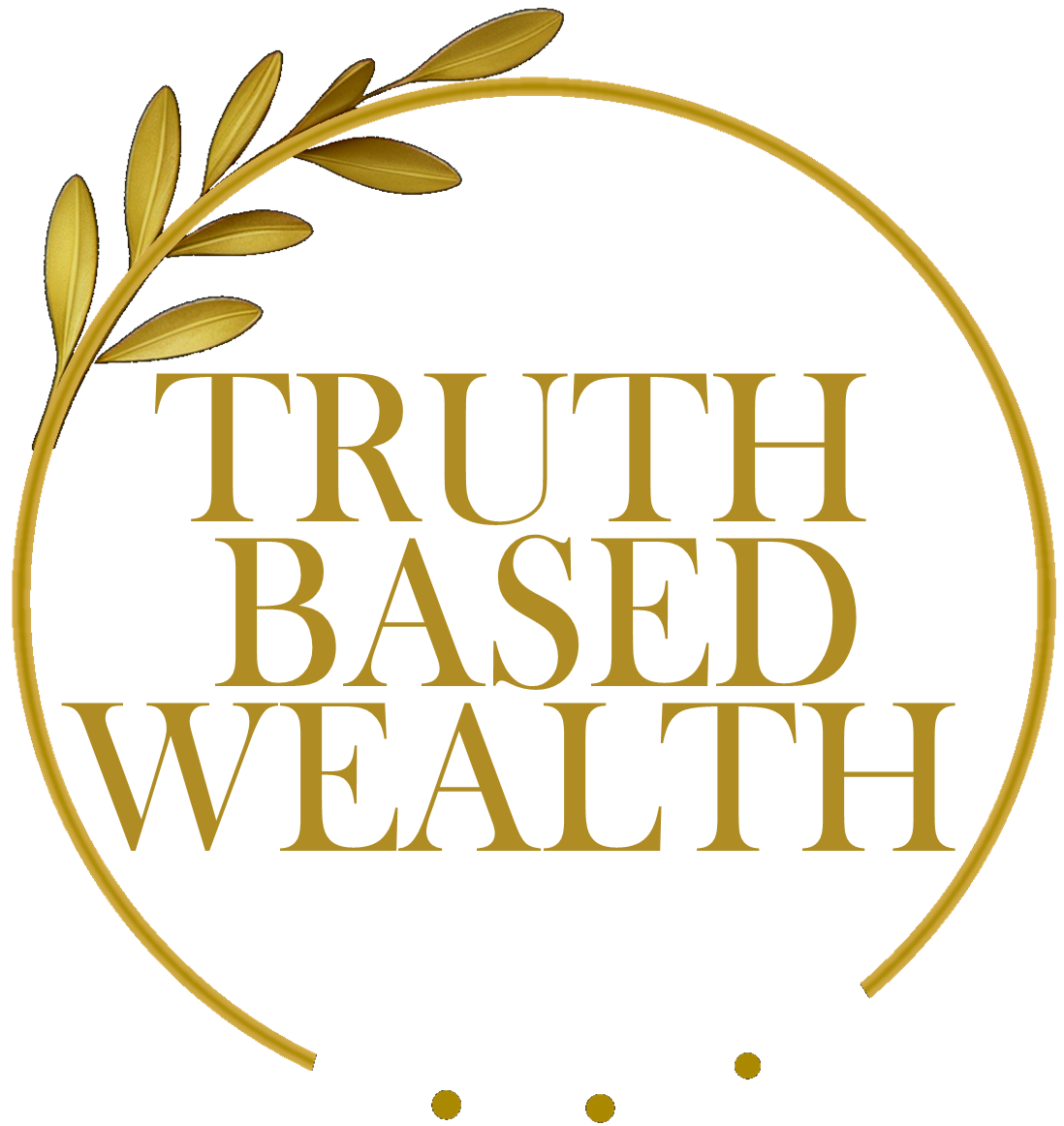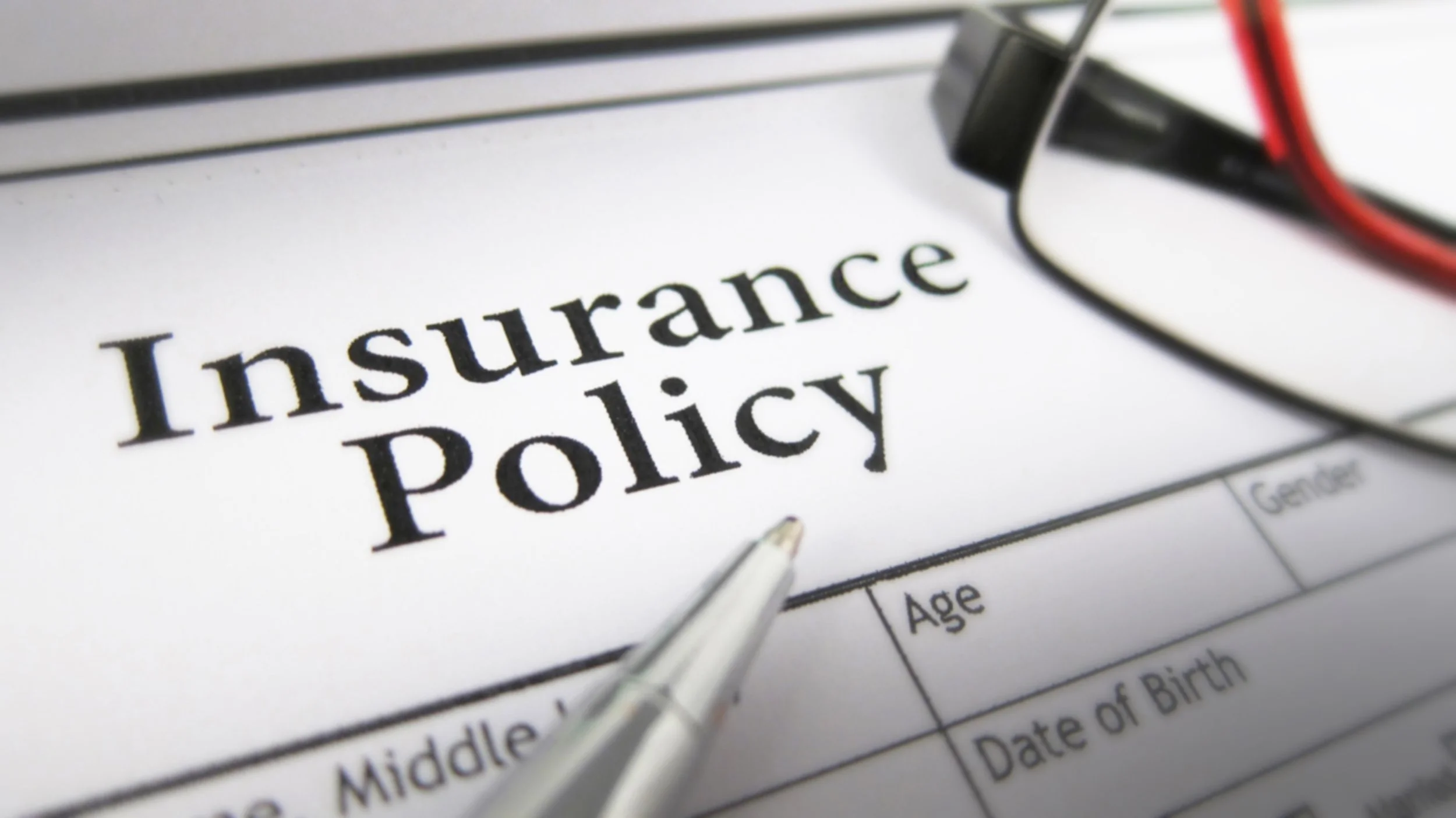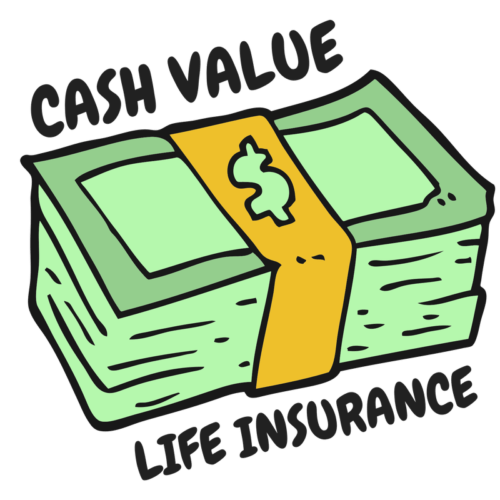
What Is Whole Life Insurance?
Whole Life is a type of permanent life insurance in which you, the policy holder, has financial protection from loss of life for your whole life. Premiums are a level cost that after a period of time can reduce in cost and even eventually be completely paid up. As long as your premiums are paid, the contract is guaranteed to pay the death benefit to your beneficiary. Whole Life Insurance also has many living benefits as well. These include guaranteed cash value, which is equity in your policy that can be withdrawn or borrowed from without restrictions or penalties. The potential to earn dividends as long as your policy is with a mutual insurance company (which are only what we sell). As well as optional riders that may be added to help pay for critical and terminal illnesses, disabilities, etc.
How much does it cost?
Whole Life Insurance premiums are higher then other life insurances. But when designed properly, the cash value growth will far exceed the total amount of premiums ever paid into the policy. Instead of viewing the life insurance policy as a bill you have to pay, we view it as a savings vehicle that is guaranteed to earn much more then a standard savings account at your local bank. So when purchasing a Whole Life policy, the question you should be asking yourself is how much money am I comfortable with putting away into savings, rather then, how little can I pay for the most amount of life insurance. Plus when getting a Participating Whole Life policy through a mutually held company, you can earn dividends which you can use to purchase more life insurance which will further increase the value of the policy, you can use them to pay part of or all of your premium cost, or have them paid in cash to you.
How Does Whole Life Work?
Whole Life Insurance policies can be designed in many different ways to fit each individuals needs. Here at Truth Based Wealth, we design Whole Life policies specifically to take the most advantage of all of the living benefits that Whole Life has to offer. We focus on the growth of the Cash Values in the policy so that you can use them throughout your lifetime for financing the things you purchase and / or for use as passive income in the future. The ability to leave behind a guaranteed legacy in the form of a tax-free death benefit paid to your loved ones is very important to us as well. Whole Life Insurance has been a trusted way to protect and grow your money, as well as a way to have unhindered access to liquid money whenever you need it for many individuals and businesses for a very long time. In the following sections below, we will explain all the details of how Whole Life Insurance works.
Death Benefit
The death benefit in a Whole Life Insurance policy is guaranteed to be there when you die, as long as premiums have been paid. Unlike Term or Universal Life insurances that have increasing costs of the death benefit as you get older, Whole Life has a guaranteed level premium cost that can never go up and can even be reduced or completely go down to zero at some point in the contract. This takes the risk off of you and transfers it to the insurance company because they are obligated by law to pay the death benefit when you eventually die. 99% of Term and Universal Life insurance policies never pay out a death benefit because the policy becomes too costly to continue paying during the time of your life when you are more likely to pass away.
Policy Fees
The fees in a whole life policy are a set flat rate, typically about $100 annually. If you pay your premiums on a monthly basis then this fee will be slightly higher due to the increased amount of paperwork compared to annual premium payments. This is in contrast to Universal Life insurance policies that have many fees associated with the policy that are based on a percentage of the premium cost. About 6% of premiums is typical, which for example on a smaller $3,000 per year policy is only $180, but on a larger $30,000 per year policy is $1,800 of fees! I’ll take the flat rate of $100 on a Whole Life policy any day.
Premiums
The premiums in a Whole Life policy do typically start out higher then other life insurance policies, but when taking into considerations the entire lifetime of the policy, Whole Life is the best value by far. The total premiums that are paid each year go to the death benefit, a low flat rate fee and any additional riders that are added on to the policy. Most commonly when designing your life insurance policy, we will add the Paid-Up-Additions Rider to the first several years, which helps boost the growth of your Cash Values. After that we then will drop off this rider leaving just the cost of the death benefit left to be paid. Also, depending on your policy, the premiums can even drop down to $0, typically at age 65, meaning that your death benefit has been all paid-up and your cash values will continue to grow.
Cash Values
Cash Values are a representation of the equity you have in paying for your death benefit, similar to the equity you build up when paying off your mortgage for your house. Unlike Universal Life policies, in which the Cash Values are a separate account from your death benefit, the Cash Values in Whole Life are tied to the death benefit. This is because the death benefit is guaranteed to be paid out per your contract as long as your premiums have been paid. Universal Life does not usually expect to have to pay the death benefit because most policies either lapse or are terminated at that point leaving you with only what is left of the separate Cash Value account, if there is anything left of it. With Whole Life, the full amount of the death benefit always gets paid out.
Because the Life Insurance company expects that it has to pay out the full amount of the death benefit within a Whole Life policy, it must use your premium dollars wisely in the growth of their business. Their responsible use of your money is why they can guarantee you a certain amount of growth in the Cash Values of your policy. There is no specified percentage rate like you would see in the market, but they do layout a specified dollar amount by a specified date of how much growth you will have guaranteed. On top of this there are dividends that can be earned from Participating polices which will be described more in the sections below. Whole Life is the only type of life insurance that can guarantee you will have any amount of Cash Value in your policy. With Universal Life, your Cash Values are only a speculation.
With the amount of Cash Values you have, you can use them however and whenever you want, without any penalties or restrictions, it is your money! Most commonly you can withdraw them or borrow that amount. If you withdraw the money, it is just like withdrawing money out of your bank account. However depending on how much you withdraw, you may be taxed, and you will lose the compounding growth of that money when it was in the policy. More details about this in the sections below. We do not recommend withdrawing your money in most situations. If you want to use your Cash Values, we recommend borrowing from it. When you borrow money from your policy, you will have to pay interest, usually a fixed rate of about 5%, but you wont stop the compounding growth of that money! Again more details in the sections below.
The last thing we have to say about your Cash Values, is to use them wisely. If you are responsible with what you do with your Cash Values, you can use them to greatly increase your wealth and have liquidity in times of need when the market is down. If you are not responsible with them, you can impede the potential growth they have through out your life time and / or rack up more interest then you are able to pay back, which will lesson the amount of death benefit that is left to your loved ones when you pass.
As stated above, we recommend borrowing money out of your cash values in most situations. Here is why:
Withdrawing money from your Cash Values is easy, just like withdrawing money from a bank. You can withdraw as much or as little of your Cash Values as you want. However, there are a couple of things you need to be aware of. When withdrawing money, it is taken out on a first-in, first-out basis. That means that the first money you paid into your premiums is the first money that you will be withdrawing out. This is in contrast to some common retirement plans which make you withdraw the gains that your money has earned first, so that you can be taxed right away. Because the money that you purchased your policy with was purchased with already taxed money, when withdrawing money out of your Cash Values you will not be taxed on any amount up to equal that which you have paid into the policy. Everything that you withdraw after that (the gains that have been earned) will be taxed, as it is considered income.
The second thing to consider is that when you withdraw money out of your Cash Values, you stop earning interest on the amount that you withdrew because you have less money in there now. Albert Einstein called the compounding of interest on your money the 8th wonder of the world for a reason. The more money you have to consistently compound, the more money you will earn over time. So why would you do anything to hinder that compounding interest?
Borrowing money from your Cash Values is also easy, because there is no credit checks or other questions that the insurance company cares to ask, other then, “How much do you have in your Cash Values that you want to borrow?” This is because you are not actually borrowing your money, rather you are borrowing the life insurance companies money, using your own Death Benefit as collateral. Remember that your Cash Values are a representative of how much of your Death Benefit has been paid-up, so this is how much you are allowed to borrow.
When borrowing money from the insurance company, it is considered to be an interest only loan, meaning you only are required to pay the interest, which is set by the terms in your policy (typically 5%), and do not have to pay the principal in the loan. This gives you much flexibility in how or when you pay off the loan. You can decide the schedule and the rate at which the loan is paid off, if you decide to pay the loan off at all. This also means you have to be responsible with the management of this money though. The longer you take to pay off a loan, the more you will end up paying in interest, just like any other loan you would get from a bank.
However, this brings us to the BIG upside of choosing to borrow money, rather then withdrawing it. Because you are borrowing the insurance companies money, your money in the Cash Values continue to grow and compound, most often earning you more money then that which you are paying in interest on the loan. So you basically get to use your money however you want to, and continue earning more money with it, while you are using it! Oh and also, because this money that you are using comes from a loan, you do NOT have to pay taxes on it!
Now, if you do not need to take a loan, then don’t, because then you wont have to pay the interest which means you will save more money in the long run. Although, something that we recommend, is to pay more interest then the insurance company requires back on the loan. Now why would we do such a thing? This is because you are part owner in the insurance company (if it is a mutual company), which means when they make more money, you make more money in the forms of dividends, increasing your Cash Values.
I mentioned earlier, that you could choose to not pay a loan from the insurance company back. Why would you do that? Well, what is this loan being used for? Are you able to make money using this loan? If you are using the loan for a business expense, or an investment of some kind that will be making you money, and if you are able to consistently make more money then you are needing to pay in interest, then you do not need to pay that loan back. The only reason that you are able to make that money, is because of the money that you borrowed. I would gladly pay only the interest on the loan if I was capable of making more in my investment elsewhere. If I did not want that money tied up in the investment anymore, then I would start making payments back to the principal of that loan. This all, of course is a personal choice and varies based on each scenario. It is up to you to be the honest and responsible money manager to decide whether a loan is worth it or not.
Dividends
Many Whole Life Insurance policies offer dividends to policy holders. Dividends are paid to policy holders based on the profits the insurance company has earned over the past year. Dividend rates are determined by the insurance company’s board and are paid annually to policy holders on the policy anniversary date of each participating policy.
Dividends are classified as a “return of premium paid” by the Internal Revenue Code and are not taxable if they are used to purchase more paid-up insurance. If they are paid to the policyholder directly, they will be non-taxable but only as they remain less than the cost basis of the policy (the cost basis of a policy is the sum of total premiums paid). Dividends will only be considered income when total cumulative dividends exceed the cost basis of the policy.
Dividends are not guaranteed. However, once a dividend is paid it becomes guaranteed and cannot be removed from the policy without the policy holder’s specific authorization.
Dividends may be used to pay premiums, pay interest on a policy loan, pay the principal on a policy loan, purchase term insurance, be paid in cash directly to the policy holder, or purchase additional paid-up insurance. By default, dividends are used to purchase small chunks of paid-up insurance because this will help to increase the amount of death benefit the policy has, as well as help grow the Cash Values.
Riders
Riders can be added onto a Whole Life Insurance policy to customize the policy for the needs of the policy owner. There are several types of Riders that can be added, some have fees associated with them and some do not.
Paid-Up Additions Rider: This rider we like to add into most all of the policies that we design. We incorporate this rider for the first several years (dependent on what is needed) to help grow the Cash Values faster so that you will end up having more money at your disposal to use then the total amount of premiums that you have paid into the policy. Then when your Cash Values are growing at a fast enough rate, we will drop this rider, reducing your annual premium cost.
Accelerated Benefits for Terminal / Critical / Chronic Illness Rider: These riders allow for the policy owner to apply for an advance on the death benefit to be paid out during their lifetime to help with the extra living costs.
Accidental Death Benefit Rider: This rider pays an extra death benefit in the case of an accidental death. The total payment amount upon the death of the insured could be double or triple the original death benefit.
Waiver of Premium for Disability Rider: This is one of the most common types of riders. If the policy holder becomes disabled, this rider will pay for the base premium (the portion of the premium that pays for the death benefit) so that the policy holder can continue to have coverage for the duration of the policy. The policy stays in force during the period of disability, and Cash Values continue to grow as normal. There is a fee associated with this rider.
Term Insurance Rider: This rider can add Term insurance on top of their Whole Life policy for cheaper then purchasing a separate Term policy. If the insured dies during the period in which they have the Term rider, then the beneficiary gets both the death benefit from the Whole Life policy and the Term rider. However the usefulness of this rider is dependent on the needs of the policy owner. It can become a prohibitive extra cost that is unnecessary.
Withdrawing Vs. Borrowing Cash Values
Participating Vs. Non-Participating Policies
Some insurance companies are owned by shareholders, having stock in the market. Some insurance companies are mutually owned, meaning there are owned by the policy holders and do not have stock in the market. The stock held companies share the profits of the company in the form of dividends to its shareholders in their stocks. The policies issued by these companies are Non-Participating. The mutually held companies share the profits of the company in the form of dividends to its policy owners. These companies issue Participating policies, meaning that you get to participate in the earnings of the company as a policy holder. One more advantage of a participating policy, is that you also get to vote on decisions made within the company, such as who is on the board of directors or how the dividends should be divided up.
Here at Truth Based Wealth we only sell Participating policies from trusted mutually held insurance companies.
What is a Modified Endowment Contract?
MEC for short, a Modified Endowment Contract is a classification on the way the policy is designed. A policy becomes a MEC when it does not meet the IRS’s 7-Pay test. The 7-Pay test is a law that was passed stating that a life insurance policy’s death benefit could not be fully paid-up within a seven year period, meaning that the policy owner would not have to pay anymore premiums to maintain the death benefit of the policy. This is because policies that are paid-up in 7 years or less can grow very fast and since the growth of your money inside of the policy is tax-free, you could avoid a lot of taxes. When a policy becomes a MEC, it looses its normal tax advantages. This includes being taxed on loans taken out over the cost basis as well as withdrawals being considered last-in, first-out, meaning that when making a withdrawal, you have to take out the growth of your money first, which will be taxed right away. Also with a MEC, you are penalized for using your Cash Values before the age of 59-1/2 like a lot of common retirement plans. Also, once your policy becomes a MEC, it can never go back. This is why for most policies you want to avoid it becoming a MEC.
Although, there are a couple of situations when having a Modified Endowment Contract life insurance policy would be beneficial. These include estate planning and liquidating hard assets. We can help inform you if having a MEC would be beneficial for you.
When designing your Life Insurance policy, we know how to avoid it becoming a MEC. Any time you want to make extra payments to your policy, we can figure out if it will cause your policy to become a MEC so that we can avoid that from happening. We also know how to get the most out of your policy without it becoming a MEC, so that you can benefit from all of its tax-free growth.
Need Help With What To Do With Your Money?
















